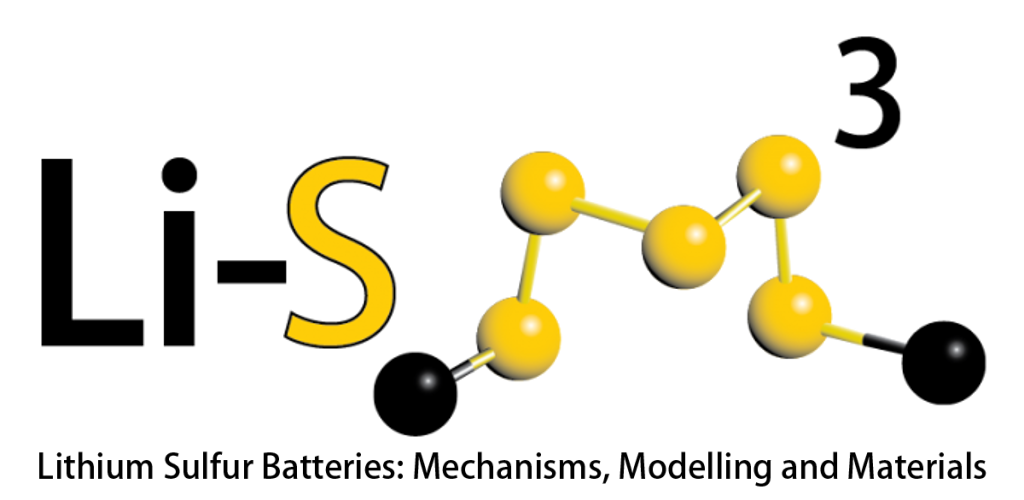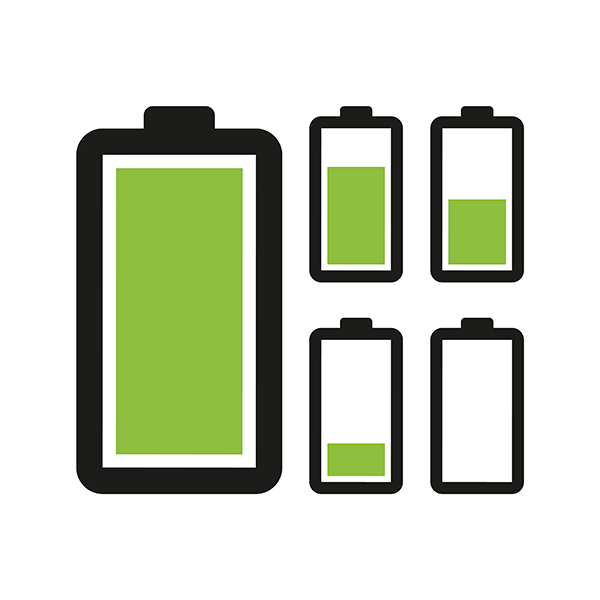 Most of today’s batteries are made up of two solid layers, separated by a liquid or gel electrolyte. But some researchers are beginning to move away from that traditional battery in favor of an all-solid-state battery, which some researchers believe could enhance battery energy density and safety. While there are many barriers to overcome when pursing a feasible all-solid-state battery, researchers from MIT believe they are headed in the right direction.
Most of today’s batteries are made up of two solid layers, separated by a liquid or gel electrolyte. But some researchers are beginning to move away from that traditional battery in favor of an all-solid-state battery, which some researchers believe could enhance battery energy density and safety. While there are many barriers to overcome when pursing a feasible all-solid-state battery, researchers from MIT believe they are headed in the right direction.
This from MIT:
For the first time, a team at MIT has probed the mechanical properties of a sulfide-based solid electrolyte material, to determine its mechanical performance when incorporated into batteries.
“Batteries with components that are all solid are attractive options for performance and safety, but several challenges remain,” says Van Vliet, co-author of the paper. “[Today’s batteries are very efficient, but] the liquid electrolytes tend to be chemically unstable, and can even be flammable. So if the electrolyte was solid, it could be safer, as well as smaller and lighter.”


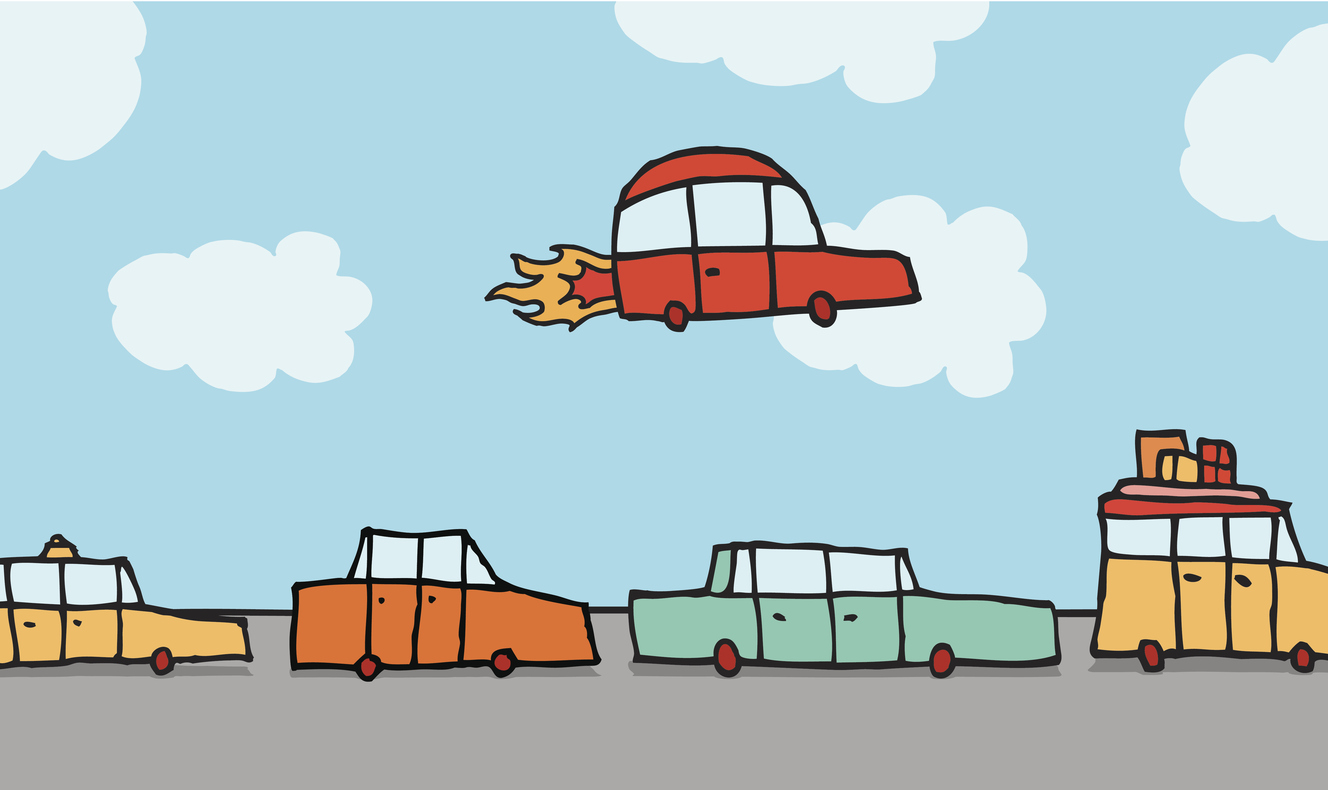 While most car companies are investing research efforts into electric and autonomous vehicles, Uber – the highly popular ride-sharing service – is attempting to stick out in the crowd of auto giants by developing a flying car.
While most car companies are investing research efforts into electric and autonomous vehicles, Uber – the highly popular ride-sharing service – is attempting to stick out in the crowd of auto giants by developing a flying car.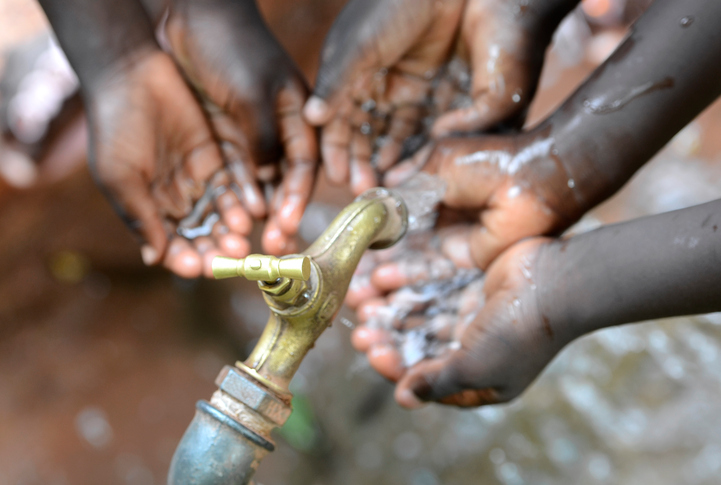 In an effort to purify water, researchers from the University at Buffalo are using carbon-dipped paper to make dirty water drinkable.
In an effort to purify water, researchers from the University at Buffalo are using carbon-dipped paper to make dirty water drinkable.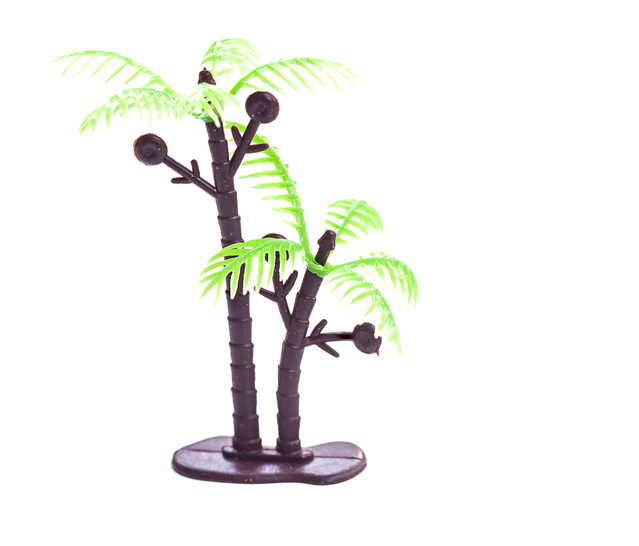 New technology that mimics the branches and leaves of a cottonwood tree can generate electricity with the help of the wind.
New technology that mimics the branches and leaves of a cottonwood tree can generate electricity with the help of the wind.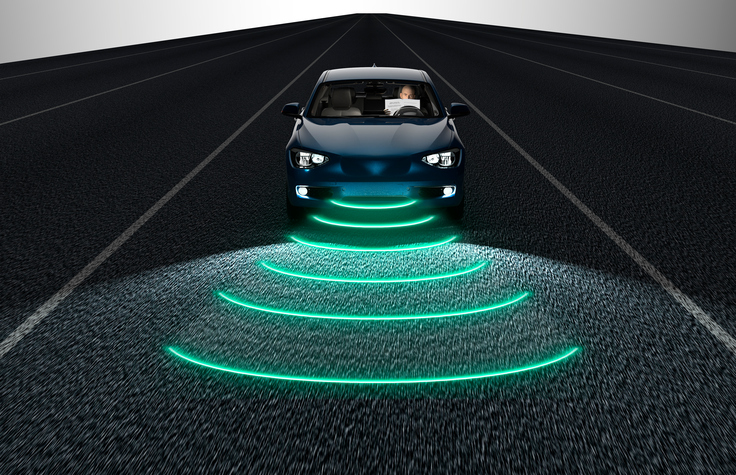 When a May 2016 crash
When a May 2016 crash  The
The 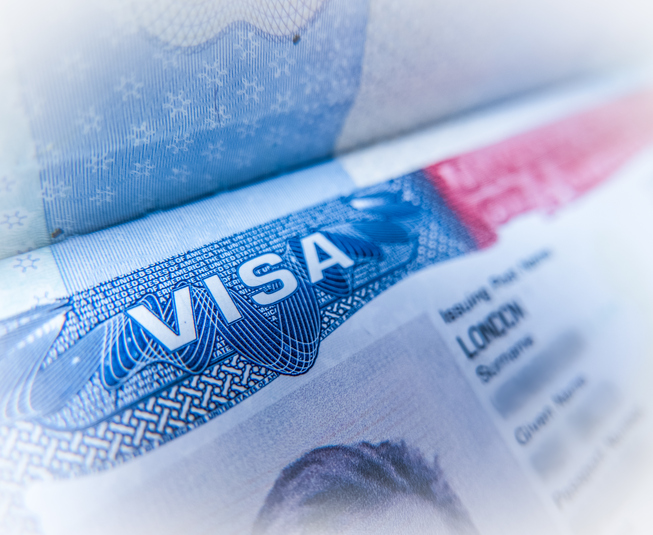 The American Association for the Advancement of Science (AAAS) is calling on U.S. President Donald Trump to work with the world’s largest scientific organization to ensure the free flow of scientific talent from around the world.
The American Association for the Advancement of Science (AAAS) is calling on U.S. President Donald Trump to work with the world’s largest scientific organization to ensure the free flow of scientific talent from around the world.